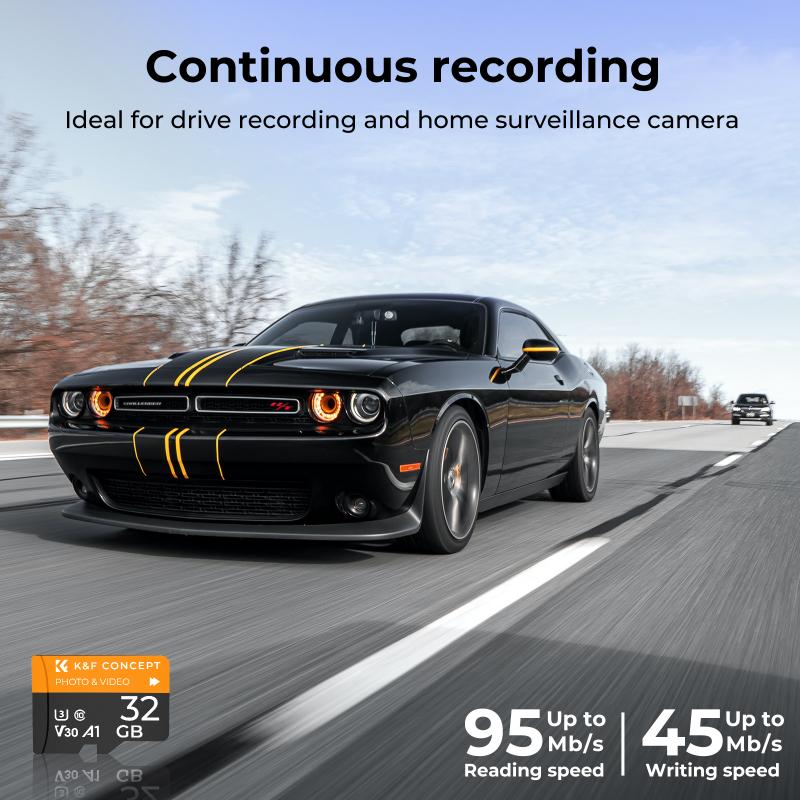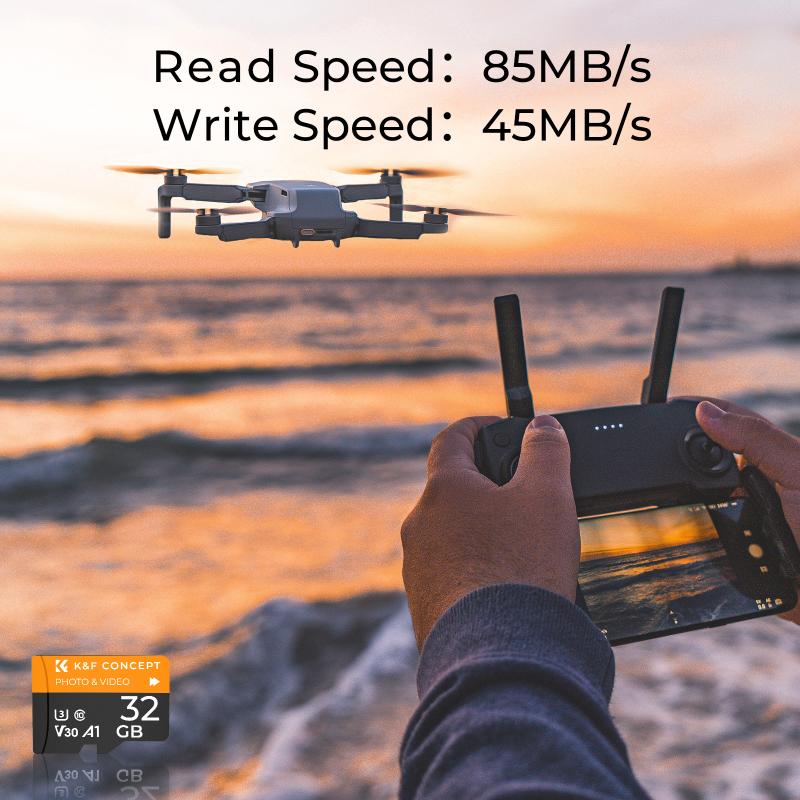How Much Does A Sd Card Cost?
In today's digital age, storage solutions are a critical component of our daily lives. Whether you're a professional photographer, a student, or just someone who loves to capture memories, SD cards are an essential tool for storing data. However, one common question that arises is: "How much does an SD card cost?" The answer to this question can vary widely based on several factors, including storage capacity, speed class, brand, and additional features. In this article, we will delve into these factors to provide a comprehensive understanding of SD card pricing, helping you make an informed decision when purchasing one.
Understanding SD Card Types and Their Costs

1. Storage Capacity
The storage capacity of an SD card is one of the primary determinants of its cost. SD cards come in various capacities, ranging from as low as 2GB to as high as 1TB. Here’s a general breakdown of the cost associated with different storage capacities:
- 2GB to 16GB: These lower-capacity cards are typically the least expensive, often ranging from $5 to $15. They are suitable for basic tasks such as storing documents, small applications, or a limited number of photos.
- 32GB to 64GB: Mid-range capacity cards usually cost between $15 and $30. These are ideal for users who need to store a moderate amount of data, such as high-resolution photos, videos, and apps.
- 128GB to 256GB: Higher-capacity cards can range from $30 to $70. These are perfect for more demanding users, such as photographers and videographers who need to store large files.
- 512GB to 1TB: The highest-capacity cards are the most expensive, often costing between $100 and $300. These are designed for professional use, where large storage space is a necessity.
2. Speed Class
The speed class of an SD card indicates how quickly data can be read from or written to the card. This is crucial for tasks that require fast data transfer, such as recording high-definition video or transferring large files. The speed class is usually denoted by a number inside a circle or a U-shaped symbol. Here’s how speed class affects pricing:
- Class 2, 4, and 6: These are standard speed classes suitable for basic tasks like storing photos and standard-definition videos. They are generally less expensive, with prices ranging from $5 to $20.
- Class 10 and UHS-I: These cards offer faster data transfer rates, making them suitable for full HD video recording and high-resolution photography. Prices typically range from $20 to $50.
- UHS-II and UHS-III: These are high-speed cards designed for professional use, such as 4K video recording and burst mode photography. They are more expensive, often costing between $50 and $150.
3. Brand
The brand of an SD card can also significantly impact its cost. Well-known brands like SanDisk, Samsung, and Lexar are often more expensive due to their reputation for reliability and performance. Lesser-known brands may offer cheaper alternatives, but they might not provide the same level of quality and durability. Here’s a general idea of how brand affects pricing:
- Premium Brands (SanDisk, Samsung, Lexar): These brands typically offer high-quality, reliable SD cards. Prices can range from $10 for lower-capacity cards to $300 for high-capacity, high-speed cards.
- Budget Brands (PNY, Kingston, Transcend): These brands offer more affordable options, with prices ranging from $5 for lower-capacity cards to $150 for higher-capacity, high-speed cards.
4. Additional Features
Some SD cards come with additional features that can affect their cost. These features may include waterproofing, shock resistance, X-ray protection, and extended warranties. While these features can add to the cost, they provide extra peace of mind, especially for users who need to use their SD cards in harsh environments. Here’s how additional features can influence pricing:
- Standard SD Cards: Basic SD cards without additional features are generally less expensive, with prices ranging from $5 to $50.
- Rugged SD Cards: Cards with added durability features can cost between $20 and $100, depending on the capacity and speed class.
- Specialty SD Cards: Cards designed for specific uses, such as high-endurance cards for continuous recording, can range from $30 to $200.
Making an Informed Purchase

When purchasing an SD card, it’s essential to consider your specific needs and how they align with the factors mentioned above. Here are some tips to help you make an informed decision:
1. Assess Your Storage Needs: Determine how much storage capacity you need based on the type of data you plan to store. For example, if you’re a photographer, you may need a higher-capacity card to store high-resolution images.
2. Consider Speed Requirements: If you’re recording high-definition or 4K videos, opt for a higher speed class to ensure smooth data transfer and avoid lag.
3. Evaluate Brand Reputation: While budget brands can save you money, investing in a reputable brand can provide better reliability and performance, especially for critical tasks.
4. Look for Additional Features: If you need an SD card for use in extreme conditions, consider cards with added durability features to protect your data.
5. Compare Prices: Shop around and compare prices from different retailers to find the best deal. Online marketplaces often offer competitive prices and discounts.
The cost of an SD card can vary widely based on storage capacity, speed class, brand, and additional features. By understanding these factors and assessing your specific needs, you can make an informed decision and choose the right SD card for your requirements. Whether you need a basic card for everyday use or a high-capacity, high-speed card for professional tasks, there’s an SD card out there that fits your budget and needs. Happy shopping!
